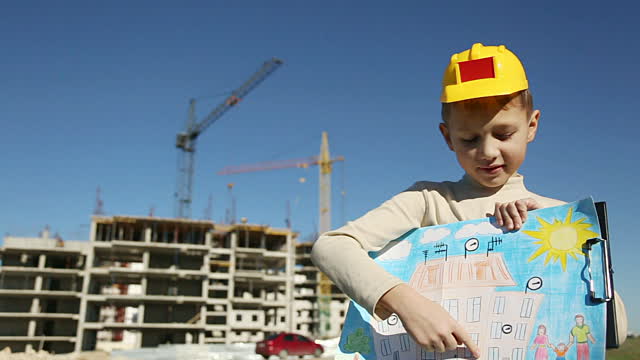“Can you teach people to be creative?” is the wrong question.
“Can you teach people to use their imagination more productively?” That’s a better question.
But, if your goal is educate imaginative people to generate ideas that lead to creativity, then it’s still not quite the best question.
Why?
Asking “can you teach” implies that the responsibility for instilling or inspiring imagination must come from the teacher. The question also supposes that somewhere there is a framework or set of rubrics that will deliver effective imagination into an empty mind. Consequently, we debate pedagogy and curriculum, frameworks and rubrics.
Our educational debate focuses almost entirely on what the schools—teachers, administrators, tests and even infrastructure—need to do. Why aren’t we asking what students need to do?
So, the question is not “can you teach imagination.” It’s “will the student learn to explore her own imagination.”
Yes, you can teach techniques that can lead to imaginative solutions (though not always). You can model effective imagination (easier said than done.) But, like the proverbial horse led unto water, the student must engage her own mind.
A student is never a blank slate waiting to have something installed. Each student already has an imagination. They were born with it and have used it all their lives.
Teachers understand this, which leads to another question: if students already have imagination, how do we stir it up?
Once again, we see the assumption that it is up to schools to “stir up” imagination. This assumption leads to late teacher nights, agonizing conferences, endless papers and professional development days: how do we stir up latent imagination?
There is no shortage of ideas, all of them brilliant—except they are tailored for the person who developed it. But, will the idea, rubric, framework, lesson plan work for all 30 students?
It’s not likely.
A classroom has anywhere from 20 to 40 students. No matter how homogenous the community, each student is different. Each individual has a different imagination rooted in distinct past experiences and memories. Where is the genius who can develop lesson plans that “stir up” the imaginations of 40 different individuals—let alone the millions of students across America?
No one can. Because we are focusing on the wrong end of the problem.
We need to begin with students, within their imaginations.
Many students already know what intrigues them. Sadly, not all students know what interests them. (Adults are often the same.) So, it’s easy to see students as empty pods waiting to be filled.
Maybe the students don’t know their interests because no one has ever asked them?
And, that is a key role for teachers: asking questions: Who are you? What do you want to do in the next few months? What interests you?
In an ideal school, students would then bustle off to pursue their interests, asking and answering their own questions along the way. The student (and the teacher) would not know at first where the pursuit would lead—a fascinating project or a flat dead end? The outcome would be unknown.
Now, consider activities outside of school that keep students enthralled such as sports and video games.
Schools can’t compete with athletics or video games, right? The math classroom will never have bright lights, brass band and cheering fans. However, look for a common denominator: why do we love sports? Why do kids love video games? It’s because the outcome is unknown. We watch and play sports because we want to see what will happen. Video games present players with unpredictable scenarios. Not knowing what will happen makes it fun.
By contrast, schools seem boring. So, the solution is to make schools fun?
Not at all. Teachers are not entertainers. However, we can engage students with unknown outcomes. Like a journey in a video game, students should select “questions” that pique their interest. The questions should come from the individual student: “this is what I want to know or do.” The student doesn’t know the answer at first. They learn the answer or answers by devising their own plan.
This is how students learn to use their imaginations—this is how they might find a path from imaginative idea to creativity. All of the energy—physical and mental—will come from the student. They are engaged in a process that they select, design and guide to completion.
Schools are charged with teaching fundamental skills and concepts. Students can acquire these skills through their own investigations. But, the nuts and bolts of learning can still invite students to consider the unknown. A student can memorize a list of vocabulary. Or, the student can convert the list into story.
Imagination is already within students—and every human being. We need to stop fulminating over an external process and facilitate each student’s internal imagination. We need ask students to show us how they think, how they imagine.





